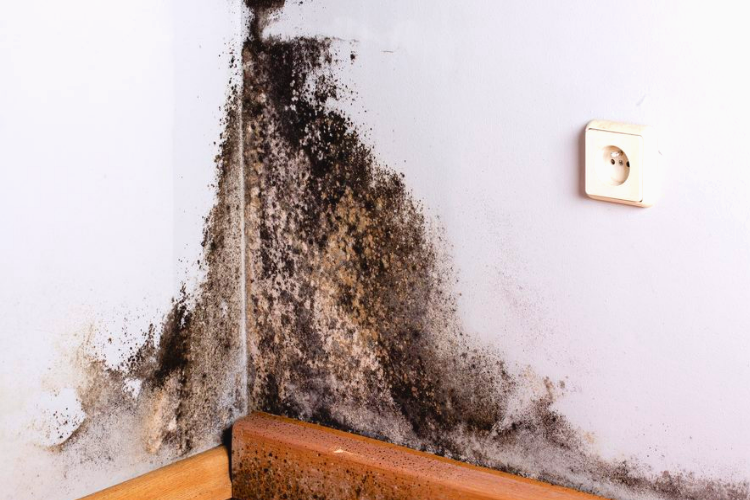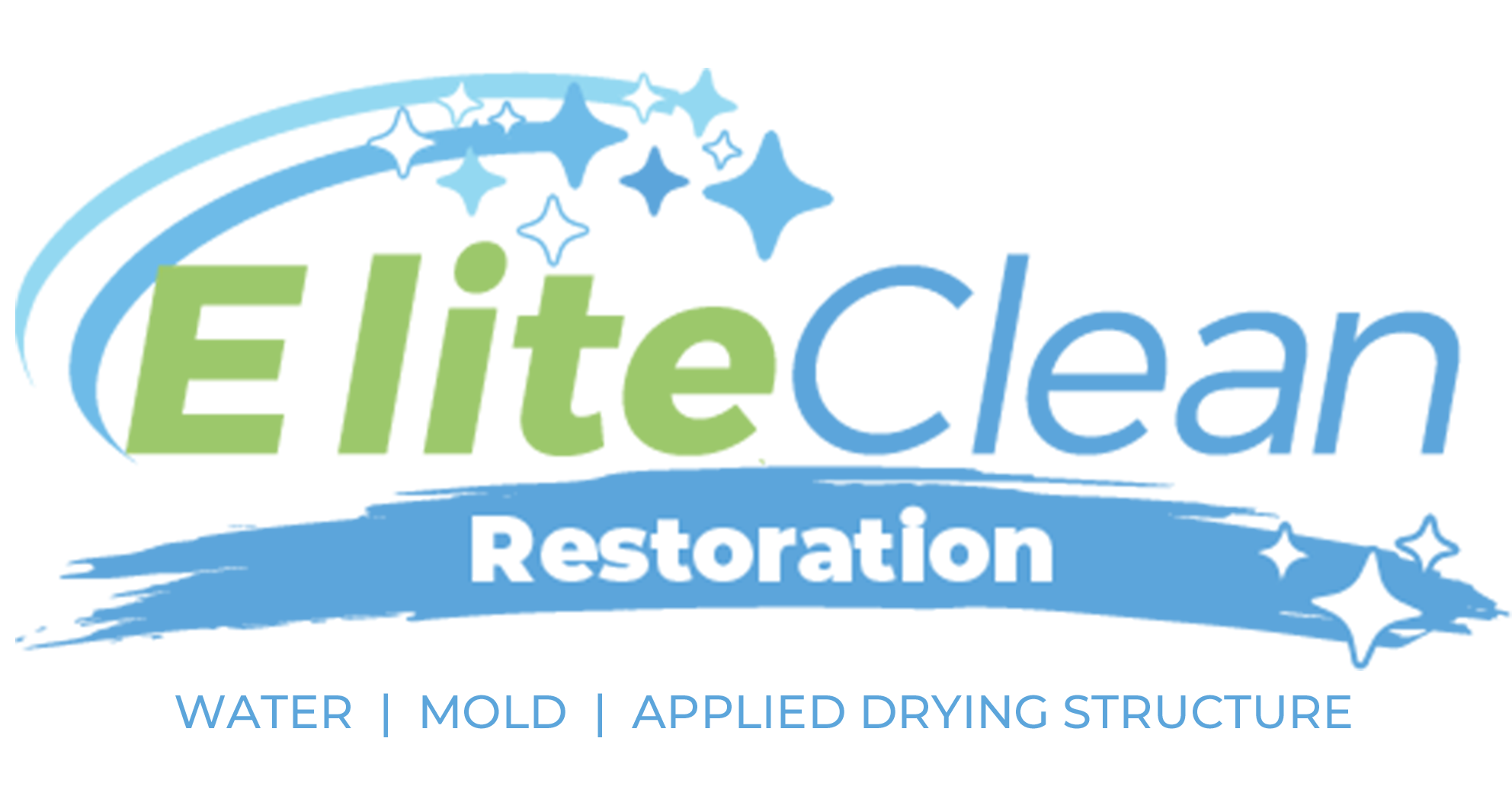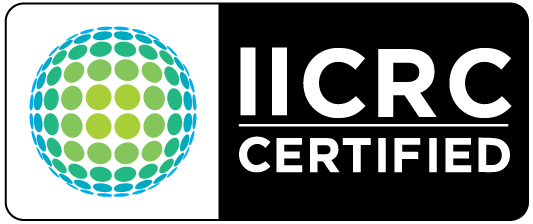If you’ve ever stayed in a damp, musty basement or attic that wasn’t properly ventilated, you’re familiar with the dangers of black mold. Black mold, also known as toxic or poisonous mold, thrives in moist environments and feeds on wood and other organic materials.
If left untreated, this mold can spread to other areas of your home and even cause health problems. However, if you remove black mold quickly and take preventive measures to keep it from returning, you can avoid further damage to your property.
Let’s look at what black mold is, the various types of black mold, how to identify it, and how to safely remove it from your home.
“Which is the best air conditioner for my bungalow house?”,” When do I need to clean my chimney?”,” Does my furnace require frequent servicing?’ and so on are examples of these keywords.
What Is Black Mold?
Black mold is a fungus that grows in moist, humid environments such as bathrooms, kitchens, basements, and areas of your home with plumbing leaks. Black mold is typically black or dark green, but it can also be dark yellow or brown.
Mold spores are tiny and airborne, so mold growing in a house after flooding or leaks in the roof or plumbing is not uncommon.
While many different types of mold can appear on household items such as fabrics, food, toys, and paper, including white, green, and black mold, black mold is the most toxic and dangerous. It can be hazardous to children, the elderly, and anyone with a weakened immune system or mold allergies when it grows indoors.

Identifying Black Mold
Black mold is easy to spot, especially on walls and where water is present. It usually grows in areas such as in the corners of shower stalls, behind toilets, around sinks and faucets, and underneath the kitchen sink.
One of the best ways to identify black mold is by its smell. Black mold has a pungent, musty odor that’s easy to recognize. If you see black mold growing on a wall or other surface, it will appear as a fuzzy, dark mass with a thick texture.
Note that you should always wear protective gear when removing black mold and avoid breathing in any spores in the air.
Different Types of Black Mold
Aspergillus
This is the most common type of black mold, and it can be found in soil, decaying leaves, wood, and various plants, particularly legumes. Aspergillus can also be found in peanuts and other legumes, where it is referred to as “black legume point.” Some foods that contain it include molasses, black licorice, and certain brands of baking soda.
Stachybotrys chartarum
This type of black mold is toxic and has been linked to the production of mycotoxins, which are chemical compounds that have been linked to adverse health effects in humans. Because it grows in buildings that are water damaged, poorly ventilated or have high indoor relative humidity, Stachybotrys chartarum is known as “sick building” black mold.
Dangers of Black Mold Growth
Like many other types of mold, black mold produces toxic spores that can harm people if breathed in or ingested.
Black mold can cause severe allergic reactions in extreme cases, particularly in people with weakened immune systems. In these cases, the symptoms could be fatal. Because of the serious health risks associated with black mold, it is critical to eliminate it immediately after discovery.
You may experience eye irritation, wheezing, coughing, swelling, skin irritation, and rashes if exposed to black mold.
Building materials such as wallboard, ceiling tiles, fabrics, and hardwood floors are also harmed by black mold. It stains porous surfaces such as drywall, concrete, and even metals.
Black Mold Removal Process and How to Restore a Surface
If you find black mold growing in your home, you need to remove it with tea tree oil or a bleach solution.
First, determine the source of the water that is causing the mold to grow. It is critical to remove as much water as possible because mold will continue to grow until the area is completely dry. Then, using a fan or dehumidifier, dry out the area.
After drying the area, kill the mold with a bleach solution (9 teaspoons of bleach per 1 gallon of water).
When handling the bleach solution, wear protective clothing and gloves and avoid breathing in the fumes. You should also apply the solution with a spray bottle.
Let the bleach solution sit for 30 minutes. Then, scrub the mold with a brush or sponge and let the area dry completely before replacing furniture and other items.
Once dry, you can cover the cleaned area with a sealant or paint to prevent the mold from returning.
How to Prevent Mold Growth From Coming Back
If you’ve already removed the toxic black mold from your home, there are a few things you can do to keep it from happening again.
First, look for water sources in your home. This can include a dripping faucet, a leaking toilet, or a roof leak. Repair any leaks as soon as possible to avoid water accumulation in your home.
Also, ensure that your home has adequate ventilation to prevent humidity from building up, particularly in the kitchen and bathroom.
Clean your bathroom and kitchen regularly, especially in areas where water is likely to collect, such as near the toilet. You can also use an anti-mold cleaning solution on these areas weekly to prevent mold from growing.
Finally, you can install mold prevention and remediation products in your home to help prevent black mold from returning.
In Conclusion
You’ve probably heard that if your house floods, you should evacuate. This is because black mold can grow in wet environments and is commonly found in flooded homes.
Even if your home has never flooded, there is a chance that black mold exists somewhere within its walls.
While it is not a pleasant thought, you should not be alarmed. Instead, contact a professional mold remediation company like Elite Restoration.
Call us at (463) 218-7994 today to protect your loved ones and your property.

